Migrating Critical Traffic At Scale with No Downtime?—?Part 1
The Netflix TechBlog
MAY 4, 2023
Behind the scenes, a myriad of systems and services are involved in orchestrating the product experience. These backend systems are consistently being evolved and optimized to meet and exceed customer and product expectations. This blog series will examine the tools, techniques, and strategies we have utilized to achieve this goal.






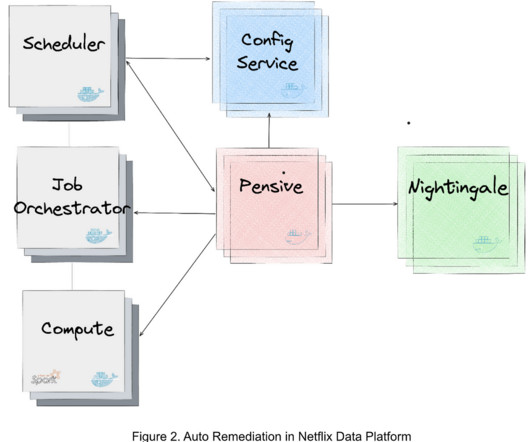

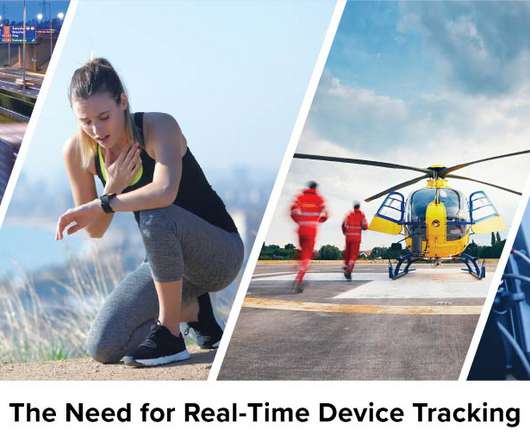






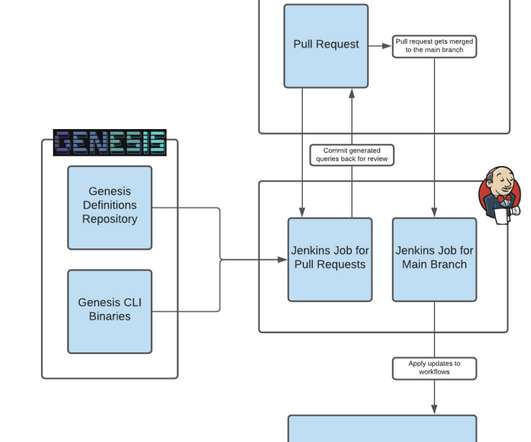
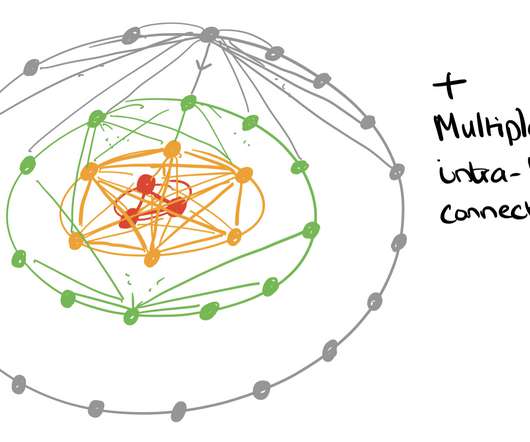
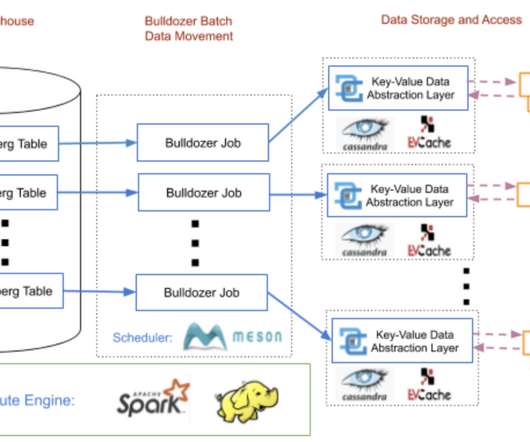









Let's personalize your content